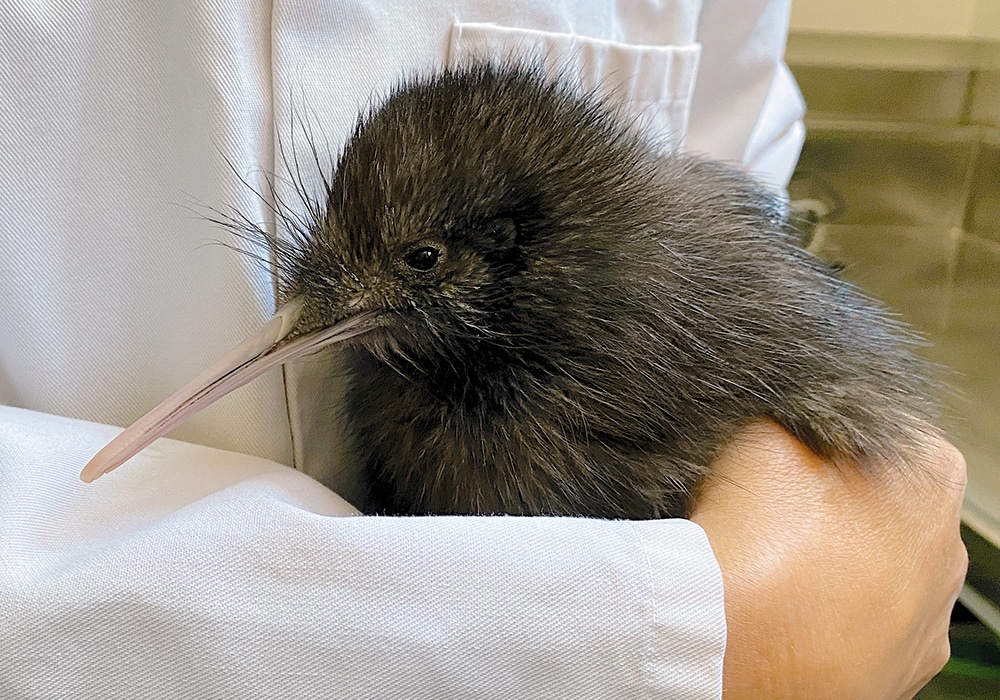A joint project is boosting kiwi numbers by incubating eggs and releasing the birds into sanctuaries. Pamela Wade learns about the process, and sees a chick arrive at his new home.
“Just imagine how many kiwi there would be, if there weren’t any predators,” Jane Healy concluded. As we stood in a starkly functional room behind the scenes at Auckland Zoo, where she is communications manager, she had just listed the facts: a brown kiwi can lay two eggs per clutch, twice a year, totalling around 100 over a 40-year lifetime.
“Have you been to Tawharanui?” bird keeper Catherine Francescon added, naming the predator-fenced regional park north of the city. “It’s swarming with kiwi in there! You can almost guarantee seeing at least one after dark. It’s inspiring.”
What is certainly inspiring is the work done by so many organisations such as Kiwis for Kiwi, the Department of Conservation, community groups, iwi, researchers and, specifically, Operation Nest Egg (ONE). I had encountered ONE by chance several years earlier on a ferry going from Auckland to Coromandel. When we called in, en route to Rotoroa Island, there was a buzz of excitement from both crew and passengers as five wooden boxes were carried on board by people in uniform, accompanied by two dogs.
In response to our eager questions, we heard that the boxes contained five female brown kiwi and one male, which had been hatched at Auckland Zoo and raised on the island. They had grown big enough to have a literal fighting chance against a ferret or stoat, and were now being returned to the places on the Coromandel Peninsula where they had been collected, as eggs. It’s a story that involves an immense amount of work, dedication, enthusiasm and, finally, reward.
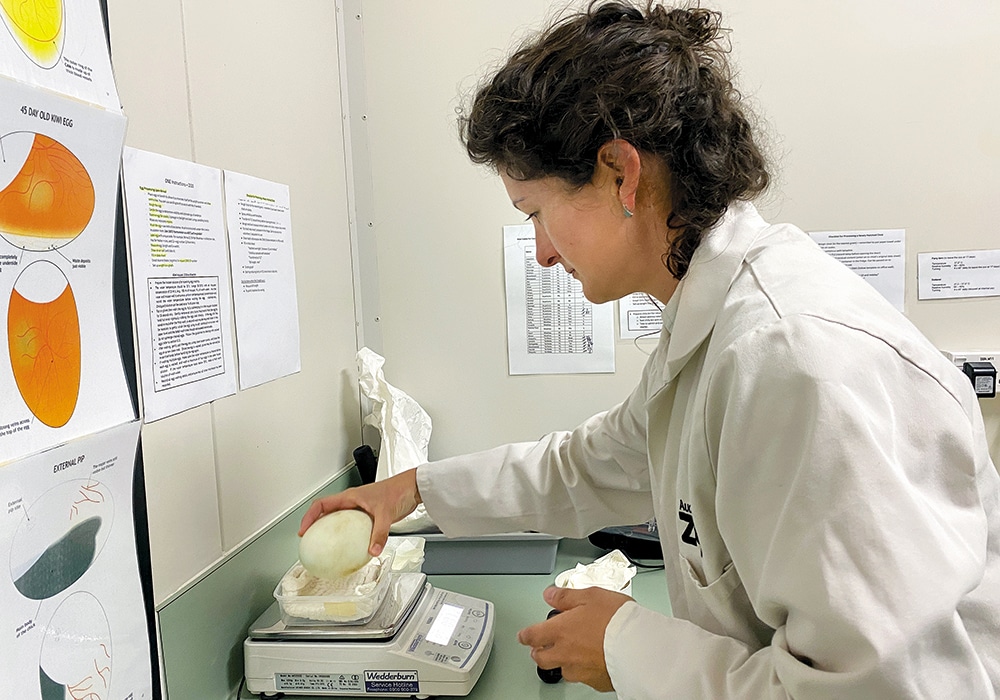
Finding the burrow
At the zoo, Catherine explained the process: “Specially trained dogs sniff out the burrows in the daytime, and then at night people lure them out by playing kiwi calls. Then they net them – it’s not easy, they’re fast runners – and fit them with leg transmitters.” The signals not only pinpoint the kiwi’s location, but also indicate whether it’s moving or not. When, around October, it’s clear from the lack of motion that the bird – in the case of brown kiwi, always a male – has started sitting on the eggs, the countdown begins.
Removal for hatching
Unusually, the brown kiwi generally lays two to a clutch, the second around three weeks after the first. After the eggs have been developing for about 50 days, the team swings into action. They remove the eggs from the burrow and carefully, without delay, take them to the hatching facility; in this case, Auckland Zoo. Here they are kept in nesting boxes for another three weeks, the temperature and humidity minutely controlled, each egg regularly rotated until it has reached the point where the developing bird inside is itself moving around.
Catherine gently lifted an egg out of its box and held it against a strong light. Through the shell, the unmistakable shadowy shape of the chick came to life as Catherine whistled at it. “It’ll rotate around inside until, just before it breaks out of the shell, it absorbs what’s left of the yolk, to live off for the first 10 days once it’s hatched. This one’s got about four days to go.”

Chicks
In the chick room next door, full of large wooden brooder boxes, she opened a lid and pulled back a towel inside, to reveal a surprisingly dark-feathered kiwi, blinking in the light. As he squeaked in protest, she weighed him before pulling aside his feathers to show me one of his vestigial wings: a zigzag of bone covered in bare white skin, hopelessly tiny for the size of the bird.
“Look at his furry feathers,” she said. “And his whiskers! Kiwi have so many mammal features, they’re not like flighted birds at all.” That includes solid bones, two ovaries rather than just one, and a long gestation time: “They’re so well adapted to their environment here.” Sadly, that environment didn’t originally include predators, which is why Operation Nest Egg is so necessary.
Pest-free nurseries
The third phase of the process takes place in kōhanga kiwi, or crèches, most commonly a pest-free island. Once more aboard a Fullers360 ferry to Rotoroa, I, along with a group of ONE Facebook followers, looked excitedly at the box that hid Kōanga, a male chick. Ecologist Jo Ritchie supervised his unloading at the island and, once we had all assembled at the exhibition centre there, she told us the story.
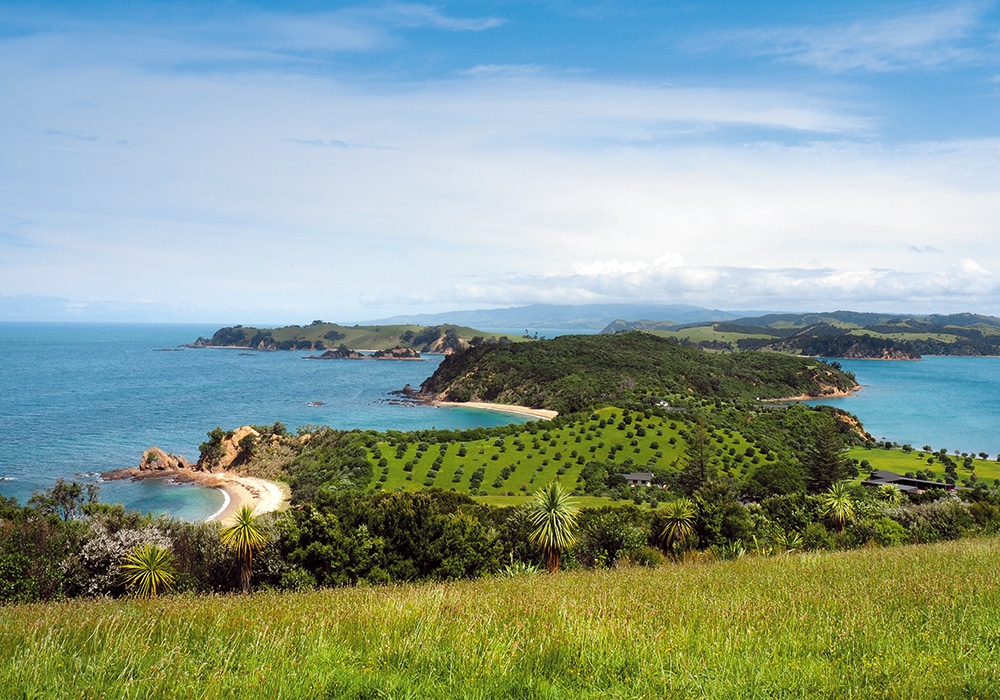
“This island was used by the Salvation Army as a rehabilitation centre for addicts for over a century, until it passed into the control of the Rotoroa Trust in 2005. Now it’s a place for the regeneration of nature, rather than people.” Volunteers felled 20,000 pine trees, replacing them with 400,000 native plants, and an intensive pest-control programme removed large populations of stoats, rats and mice. In 2013 the island was declared pest-free, and the return of native species began: pāteke, takahē, pūkeko, weka, tīeke and other birds, as well as skinks, frogs, giant centipedes and wētā.
Success story
“In the wild, the survival rate of kiwi chicks is just five per cent. Operation Nest Egg has got that up to 99 per cent, so we reckon Kōanga here has an excellent chance.” We all craned forward as she carefully lifted him out of his box: another dark-feathered cutie, eyes shut against the sunshine. To our delight, Jo carried him around the crowd, sternly warning us, “No touching!” but generous with the photo ops. “He weighs 446g now. He’ll be here on the island for maybe a couple of years until he reaches 1200g and is big enough to fight off a stoat.”
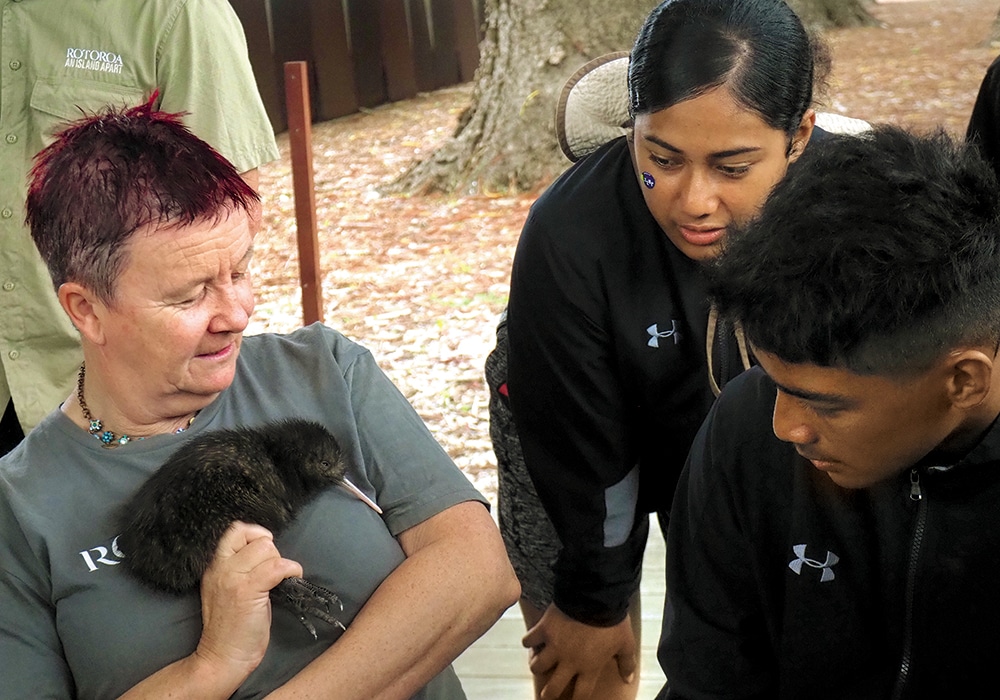
She loaded him back into his box and there was a procession along the hilly road, past a pond noisy with frogs, and into the bush. We stood in a quiet circle around a long wooden burrow while Jo lifted Kōanga out again. She knelt down and, as someone lifted the lid for her, gave the chick a quick kiss on the top of his head before she put him inside, to come out later in the dark to explore his new home. We all silently wished Kōanga good luck, and walked quietly away.
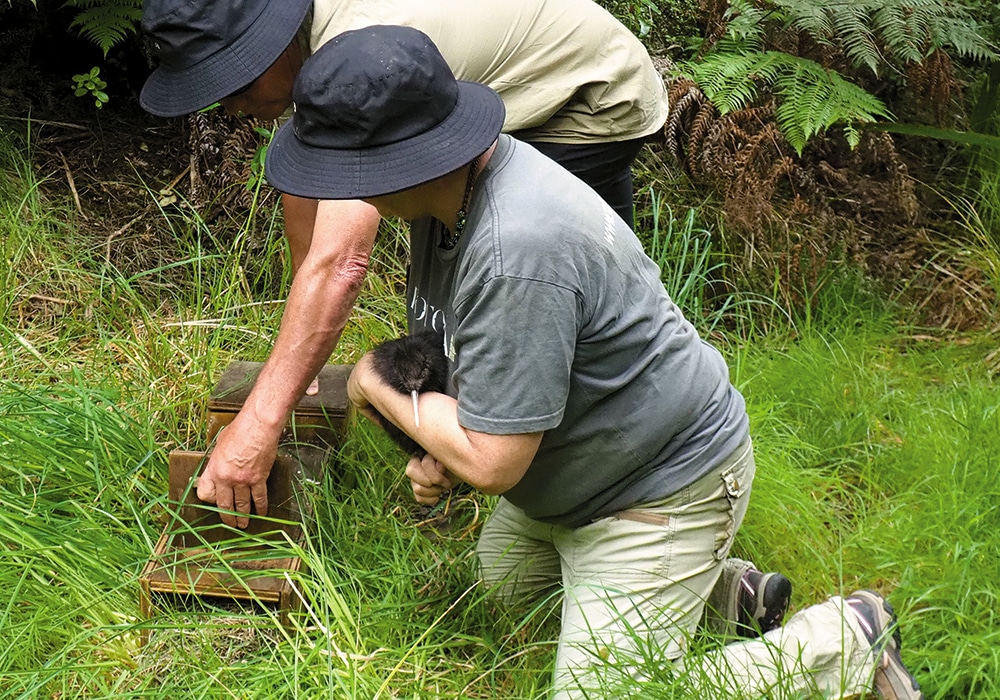
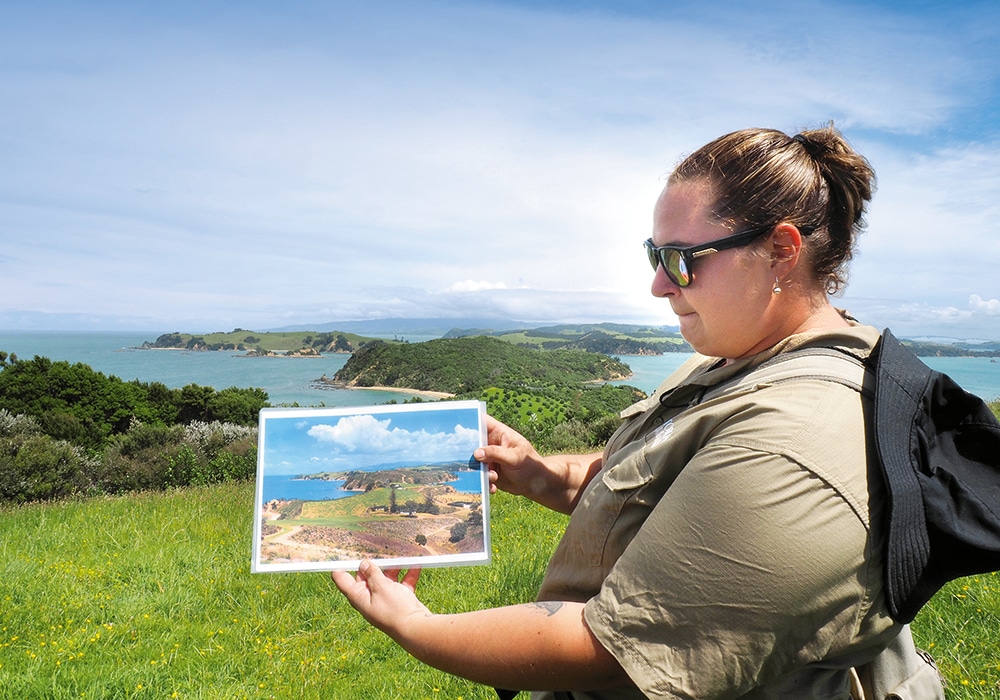
If you are interested
Operation Nest Egg is just one of many community volunteer organisations that protect kiwi and preserve their environment. For more on how to join in or contribute, go to kiwisforkiwi.org
Rotoroa Island has an active volunteer programme for planting and maintenance, either for a single day or as a regular. At Auckland’s waterfront, Fullers360 offers trip discounts for helpers. As well as day trips, you can stay overnight on the island, in very comfortable accommodation (bring your own food and drink), so you can enjoy the island’s walks, beaches and birdlife at your leisure: rotoroa.org.nz
Auckland Zoo depends heavily on volunteers, who equal staff in numbers. The zoo welcomes helpers over 18 years of age, who can commit to at least one day a fortnight, working in the public areas and behind the scenes. To learn more, visit aucklandzoo.co.nz/get-involved/volunteer.

